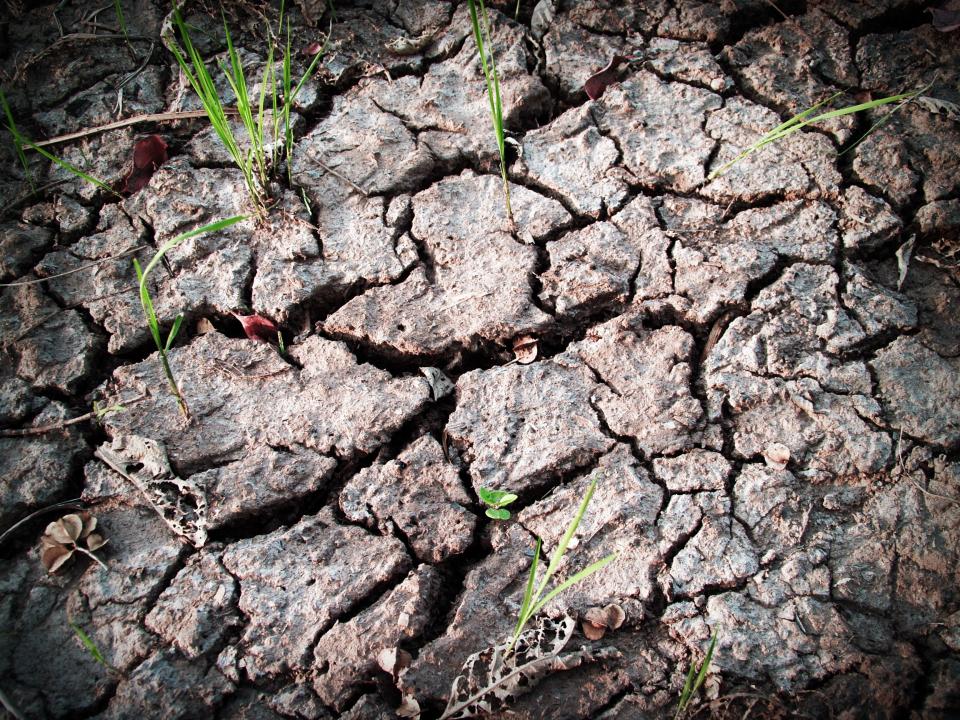Research leader
Research team
End User representatives
Australia experienced unprecedented bushfires during the 2019-20 fire season. Millions of hectares were burned, almost 3,000 homes were destroyed, there were 26 fatalities, and communities were exposed to smoke for extended periods. Low soil and vegetation moisture content due to antecedent dry conditions were a key driver of fire activity.
This project examined the interaction of atmospheric parameters with soil and fuel moisture content over scales of days, weeks to months, and years. Such an integration has not been undertaken previously. This project examined six fire events that were nominated for investigation by the relevant jurisdictions:
- Badja Forest Rd, Courtegany- New South Wales
- Stanthorpe – Queensland
- Corryong – Victoria
- Kangaroo Island – South Australia
- Yanchep – Western Australia
- Orroral Valley – Australian Capital Territory
The scope of the research included examining the following:
- multi-annual to annual variation of rainfall distributions
- multi-week influence of soil moisture on live fuel moisture content
- the multi-day influence of heatwaves on vegetation moisture
- soil and fuel moisture properties that distinguished 2019-20 from the previous two seasons.
| Year | Type | Citation |
|---|---|---|
| 2021 | Report | Soil and fuel moisture precursors of fire activity during the 2019-20 fire season, in comparison to previous seasons - Black Summer final report. (Bushfire and Natural Hazards CRC, 2021). |












